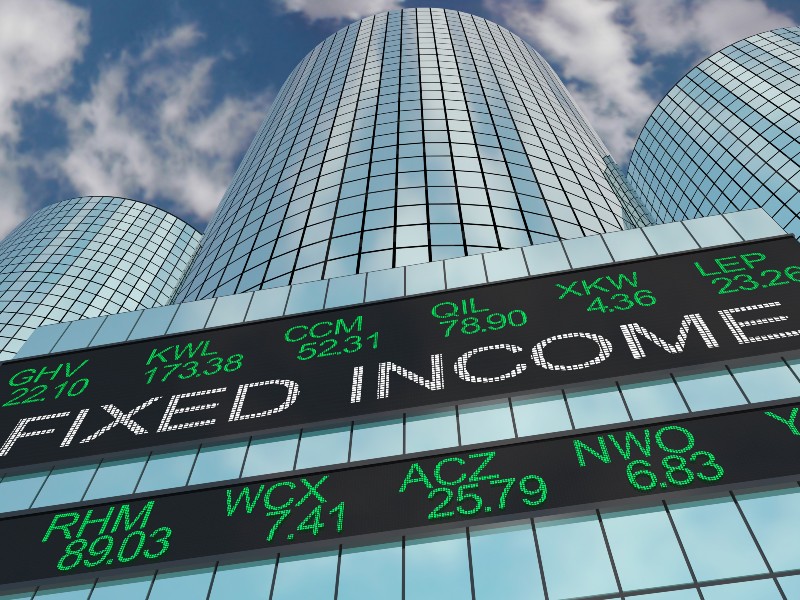
In a painting by Van Gogh, distortion is interesting. In the world of fixed income, a rearranged landscape is unsettling—especially when the interplay of policy and markets keeps changing the picture.
Consider that in the spring of 2013, the mere suggestion that the U.S. Federal Reserve would wind down its third quantitative easing program produced distortions in the 10-year part of the U.S. Treasury yield curve, and losses for investors with concentrated exposures there. Nine months later, with tapering well under way, it was the front end of the curve that was bent out of shape. Obviously, the Canadian fixed income market has not been immune to the impact of these forces.
This turnabout was extraordinary, but not surprising. More such twists may lie ahead. While zero-interest-rate policy has provided vital support for economies since the global financial crisis, it’s less a masterpiece than a continual improvisation, and a smooth return to normalcy is far from assured. For Canadian fixed income investors seeking to align allocations with objectives, the post-post-crisis period is likely to present an array of challenges unlike any they’ve seen.
Diversification is one of the best responses to uncertainty, and of late many investors have sought it in flexible or unconstrained fixed income strategies—and for good reason. Unconstrained strategies access a broad universe of bonds and dynamically adjust exposures to rates and credit as markets change, making them effective diversifiers for traditional core fixed income strategies.
By the same token, this is also a good time for a fresh look at a wide range of fixed income strategies. Along with an updated assessment of available tools—how each strategy works, its benefits and drawbacks, and how it fits into a broader portfolio—such a review also yields valuable perspective on a fast-changing landscape, from the concentration of rates exposure in traditional benchmark strategies to the narrowing of spreads in high yield to the ebb and flow of outside capital in emerging markets debt.
For every strategy, the transition now under way presents both risks and opportunities. Both the Bank of Canada and the U.S. Federal Reserve have embraced a wider range of indicators to gauge how well they are fulfilling their respective mandates, and those signals have generally suggested they will keep rates extremely low for some time. Yet with much that could go wrong—the list includes a resurgence of inflationary pressures, corporations investing in stock buybacks instead of future growth, and the appearance of asset bubbles—there’s no certainty that this is a path to fuller employment and more robust growth. Further complicating matters, monetary policy is diverging around the globe, with the European Central Bank considering quantitative easing and the Bank of Japan remaining accommodative while the U.S. Federal Reserve grows less so.
The shortage of high-grade bonds may get worse as de-risking pension plans soak up supply. With opportunities harder to find, trades are becoming more crowded. Underpinning all this are powerful demographic trends (most notably, aging populations in developed economies) whose effects on markets investors are only beginning to appreciate.
None of these developments threatens the foundational role of bonds in institutional and individual portfolios. But they do portend continued change in fixed income markets—and, we believe, make a more diversified approach to fixed income strategy worth considering.
